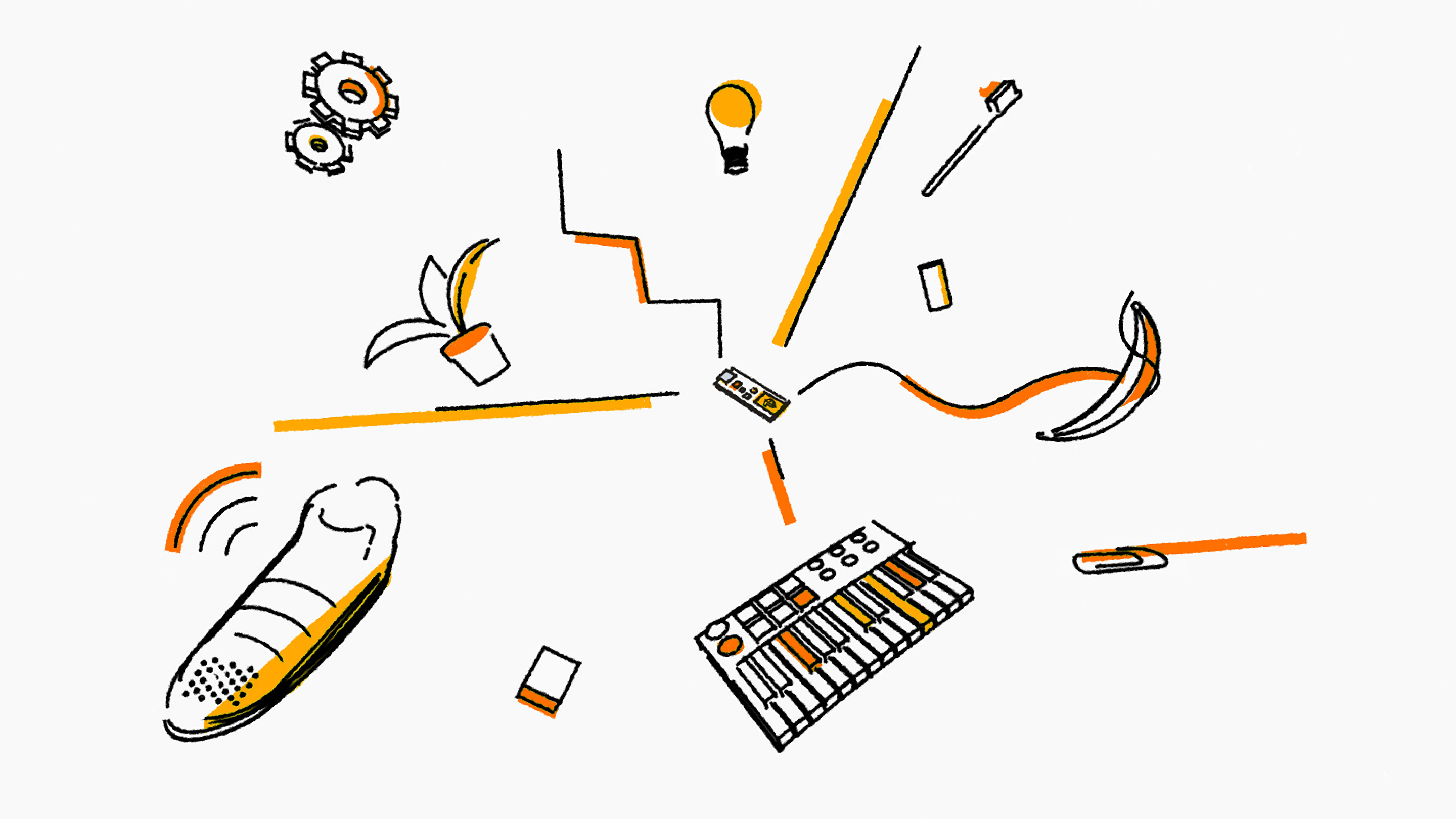Experiments with Google
A note to our community
Experiments with Google was born out of a simple idea, but you all turned it into something beyond anything we could have ever imagined. You filled it with thousands of experiments that inspired people everywhere - from the classroom to the surface of Mars.
When it comes to the internet, 14 years is a long time. So in the spirit of experimentation we’re trying something new.
This site will continue as a rich archival gallery for all existing experiments. But the action will live on at labs.google, a new place filled with new tools and toys for you to play with. And together we can continue to experiment with the future of technology.

Since 2009, coders have created thousands of amazing experiments using Chrome, Android, AI, AR and more. We're showcasing projects here, along with helpful tools and resources, to inspire others to create new experiments. Here are collections of experiments to explore, with new ones added every week. Have fun.

Featured Collections
View all collections.
WebXR Experiments
AR and VR made for the web
AI Experiments
Celebrating Creativity and AI
Arts & Culture Experiments
See what happens at the crossroads of art and technology
Experiments for Learning
A collection of experiments that teachers, students, and families are using to learn from home.
Start With One
A collection of experiments that started by working with one person to make something impactful for them and their community
Chrome Experiments
Creative code for the web

Recent Experiments
View all experiments, passage of water, instrument playground, cultural icons, say what you see, don’t touch the art, what's happening.

IMAGES
COMMENTS
Since 2009, coders have created thousands of amazing experiments using Chrome, Android, AI, WebVR, AR and more. We're showcasing projects here, along with helpful tools and resources, to inspire others to create new experiments.